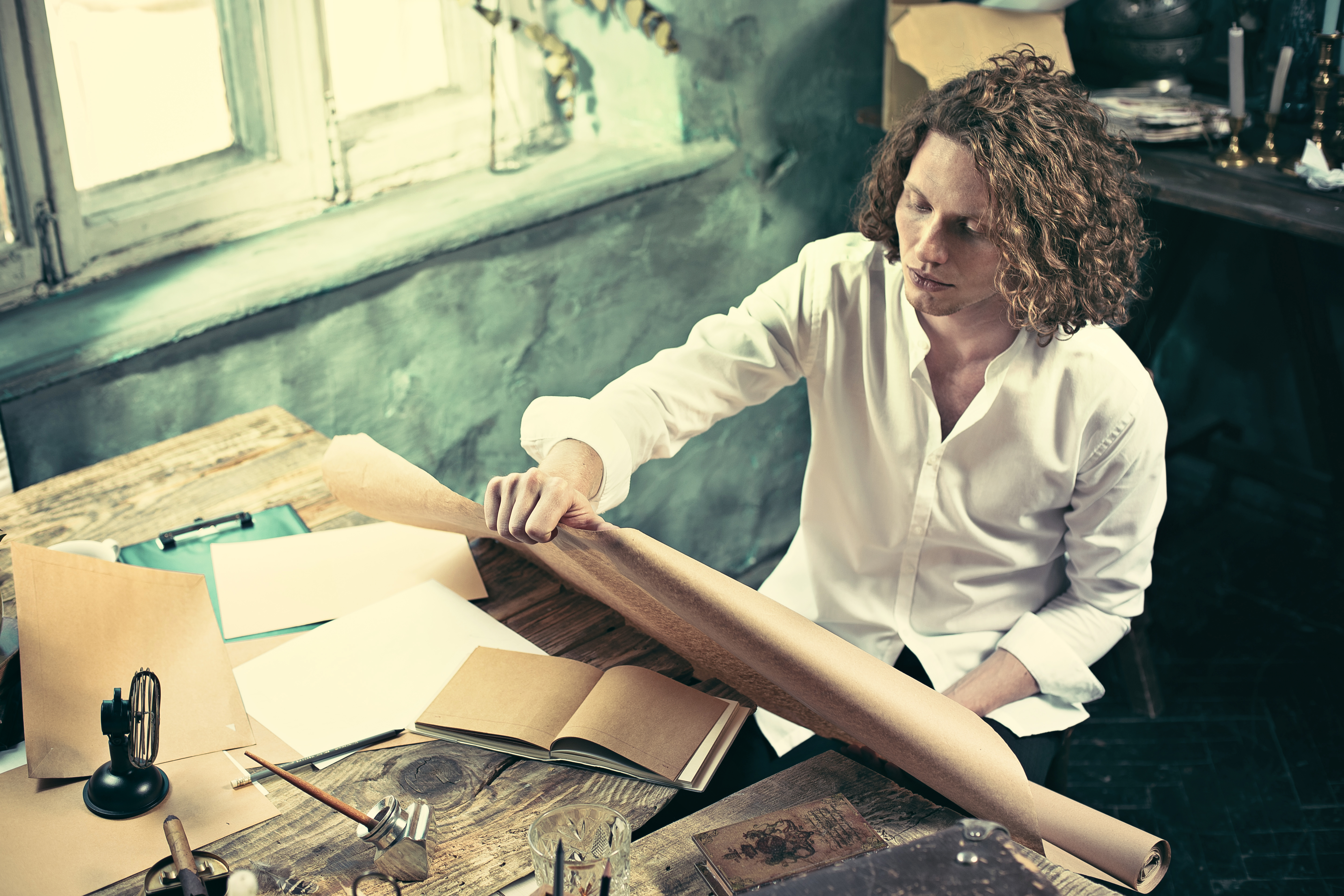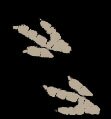The realm of art education is a vibrant tapestry that combines the enriching experience of artistic creation with the structured pursuit of knowledge. In this context, figures like Mark Hallett, the esteemed Director of the Courtauld Institute of Art, play pivotal roles in shaping the future of art and education. This article delves into how united art and education can transform learning environments and create unique opportunities within the field.

United Art and Education: A Synergistic Approach
The concept of "united art and education" involves integrating art deeply into educational curricula, fostering an environment where creativity and learning fuel one another. At institutions like the Courtauld Institute of Art, under the leadership of Mark Hallett, such integration is not merely a policy but a foundational ethos. The Institute's approach exemplifies how art education can extend beyond traditional boundaries, encouraging a holistic view of art history, theory, and practice. This philosophy not only enhances the aesthetic sensibility of students but also equips them with critical thinking skills and a nuanced understanding of cultural contexts. To further support this educational philosophy, tools like the "essayhub.com thesis statement generator" can be invaluable in helping students formulate clear, concise thesis statements for their analytical papers on art. Integrating such digital resources into the curriculum underscores a commitment to blending traditional art education with modern technology, thereby enriching the learning process and preparing students for the demands of the contemporary art world.
The Role of Leadership in Art Education
Leaders like Mark Hallett are instrumental in driving the philosophical and practical frameworks that define contemporary art education. Under his directorship, the Courtauld Institute has emphasized the importance of a well-rounded curriculum that not only teaches art but also instills a deep appreciation and understanding of its impact on society and culture. Hallett’s leadership exemplifies how visionary thinking can prepare students for diverse roles within the art world, from academia to exhibition curation. With his unique approach to merging traditional methodologies with modern insights, he fosters a dynamic learning environment that is both intellectually rigorous and creatively liberating. This blend of historical depth with contemporary relevance is also evident in his contributions to the field of paleoart, a genre often referred to with the hashtag "hallettpaleoart". Here, Hallett has championed a niche yet profoundly influential form of art that reconstructs and visualizes prehistoric life, further highlighting his commitment to expanding the boundaries of how art is taught and appreciated. His strategies involve integrating these specialized art forms into broader educational narratives, thereby enriching the student's learning experience and preparing them for innovative and interdisciplinary career paths in the art sector.
Career Pathways in Art Education
With an art education degree, graduates can pursue various career paths that blend creativity with educational skills. Art educators are not confined to classrooms; they also work in museums, galleries, and community centers, where they design educational programs and engage with the public in meaningful ways. Leadership figures such as Mark Hallett often highlight the expansive nature of careers in art education, advocating for roles that influence public engagement with the arts.
Art Education Jobs: A Growing Field
The demand for skilled professionals in art education is growing, as more institutions recognize the value of integrating art into general education. Jobs in this field are diverse, ranging from teaching at various educational levels to managing educational programs at museums and galleries. Institutions like the Courtauld Institute play a crucial role in training individuals who are capable of leading such initiatives, thereby enriching the art education sector. Emphasizing the importance of robust analytical and writing skills, these institutions often incorporate tools like the "thesis statement generator" into their curriculum. This tool helps students craft clear and impactful thesis statements, essential for academic success in art education, and underscores the integration of technology in teaching methodologies, preparing students for a digital-forward academic environment.
Conclusion
The synergy between the art of education and the arts, championed by leaders like Mark Hallett and embodied in institutions like the Courtauld Institute of Art, offers a model for how the arts can be seamlessly integrated into educational systems. This approach not only enhances the learning experience but also broadens the impact of the art of education in society. As the field of art education continues to evolve, it promises exciting opportunities and challenges for those passionate about making a difference through the force of art.The incorporation of tools like the "thesis statement generator" within the curriculum further exemplifies this synergy, providing students with vital resources to develop their analytical writing skills. This not only aids in their academic growth but also prepares them to effectively communicate their insights on art's societal roles, ensuring they are well-equipped to face the future challenges of art education.



![]()
